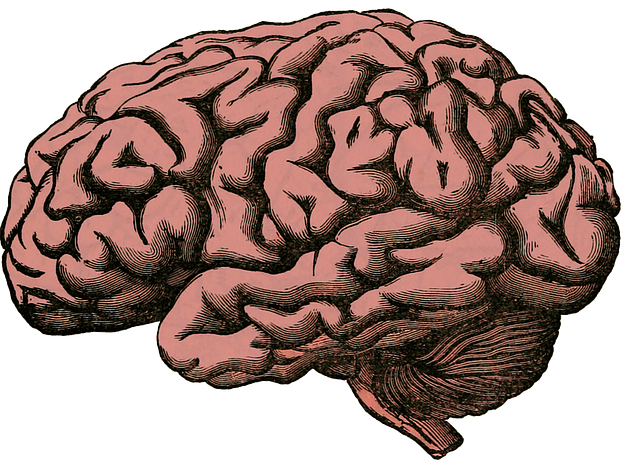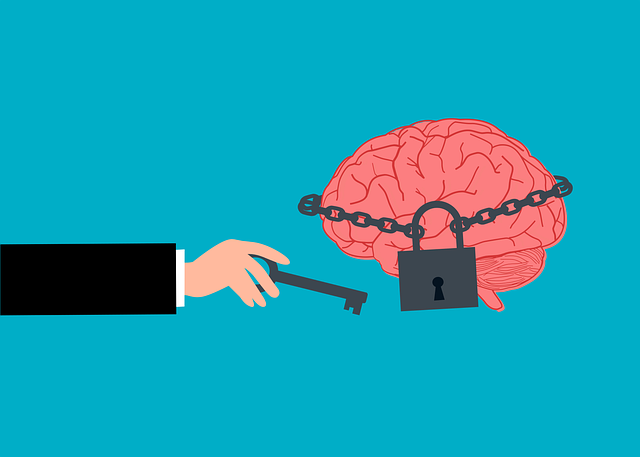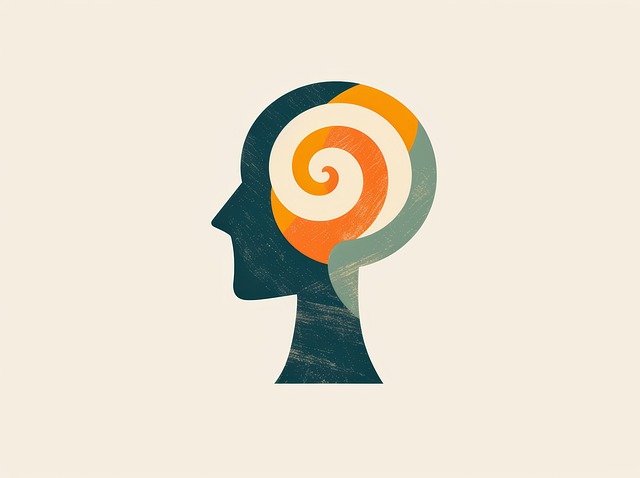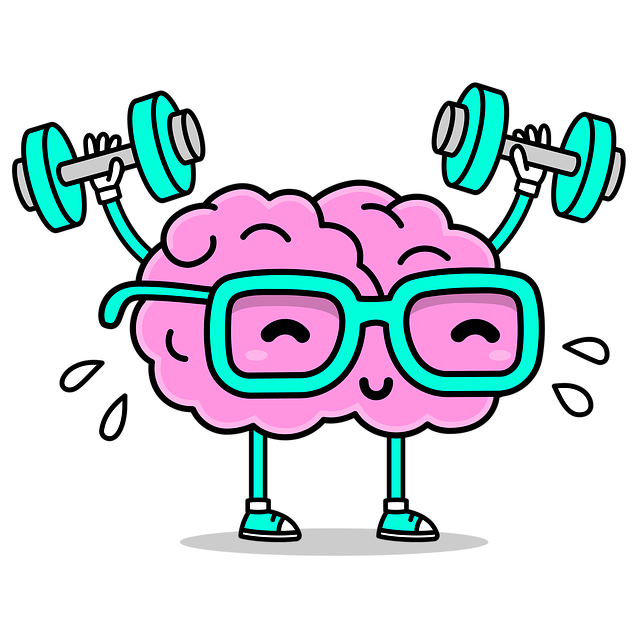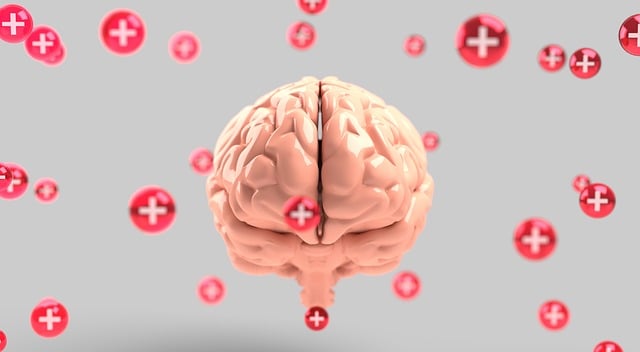Castle Rock Depression Therapy (CRDT) offers a holistic, nature-inspired approach to mental wellness, focusing on resilience through the RFM framework (Recovery, Flexibility, Mastery). This includes tools like Mental Wellness Journaling and Stress Management Workshops. CRDT's multidimensional services, incorporating trauma support, empower individuals to overcome depression and build long-term mental resilience by fostering self-awareness and providing customized exercises tailored to their evolving needs. Success is measured through goal setting, symptom tracking, and adjustments based on progress data.
In today’s fast-paced world, building resilience is key to navigating life’s challenges. One effective framework, RFM (Resilience, Flexibility, and Mastery), offers a transformative approach to mental well-being. This article delves into the intricacies of RFM and its role in fostering resilience, drawing from the Castle Rock Depression Therapy (CRDT) method. We’ll guide you through a step-by-step implementation process, provide tips for measuring success, and offer strategies to adapt CRDT’s principles for optimal effectiveness.
- Understanding RFM and Its Role in Resilience Building
- The Castle Rock Depression Therapy Approach
- Implementing Resilience Exercises: A Step-by-Step Guide
- Measuring Success and Adapting the RFM Strategy
Understanding RFM and Its Role in Resilience Building

Resilience is a key component of mental wellness, enabling individuals to bounce back from adversity and navigate life’s challenges with strength. Castle Rock Depression Therapy (CRDT) recognizes this, offering innovative approaches like RFM (Recovery, Flexibility, Mastery) to foster resilience. RFM is not just a therapy technique; it’s a framework that guides individuals through the process of healing and personal growth. By focusing on recovery from past traumas or stressful events, promoting flexibility in thinking and behavior, and encouraging a sense of mastery over one’s life, CRDT helps clients develop coping mechanisms that enhance their overall mental wellness.
The Mental Wellness Journaling Exercise is a powerful tool within this framework. It prompts individuals to reflect on their experiences, track progress, and identify areas for improvement, all of which contribute to building resilience. Additionally, Stress Management Workshops organized by CRDT provide practical guidance on managing stress, anxiety, and even trauma, equipping individuals with essential skills for maintaining mental wellness. These workshops complement Trauma Support Services offered by the organization, ensuring a holistic approach to resilience-building exercises.
The Castle Rock Depression Therapy Approach

The Castle Rock Depression Therapy Approach is a unique and effective method designed to help individuals navigate and overcome depression. This therapeutic approach emphasizes the connection between emotional well-being and physical resilience, drawing inspiration from nature’s enduring strength—a core principle behind its name. By incorporating elements of mindfulness and self-awareness exercises, this therapy encourages clients to develop a deeper understanding of their emotions and triggers.
One of the key aspects is building resilience through various exercises tailored to individual needs. These can include trauma support services and stress management techniques, empowering individuals to confront and manage challenging situations with greater equanimity. The Castle Rock Depression Therapy Approach offers a holistic pathway to healing, fostering self-awareness and providing practical tools for long-term mental wellness.
Implementing Resilience Exercises: A Step-by-Step Guide

Implementing resilience exercises is a multifaceted process designed to empower individuals and communities in the face of adversity. It involves a structured approach that can be likened to building a strong fortress – one that withstands the storms of life, much like Castle Rock Depression Therapy offers for mental health. Here’s a step-by-step guide to get started:
1. Assess Needs and Goals: Begin by understanding the specific challenges your target group faces. Are they dealing with burnout prevention, depression prevention, or both? Identify key areas where resilience can be strengthened. This step ensures that your exercises are tailored to meet the unique needs of your participants.
2. Design Customized Exercises: Based on your assessment, create activities that foster self-esteem improvement and emotional agility. These could include mindfulness practices, positive affirmation rituals, or even creative outlets like journaling and art therapy. Ensure each exercise is designed to help individuals navigate stress, challenge, and change effectively.
3. Establish a Safe Space: Create an environment where participants feel safe to express their emotions freely without judgment. This fosters open communication and encourages active participation in the exercises. Remember, resilience is built on a foundation of trust and understanding.
4. Integrate Regular Practice: Resilience isn’t something that’s achieved once and forgotten; it requires consistent effort. Encourage daily or weekly practices, depending on the exercise. For instance, mindfulness meditation can be a simple yet powerful tool for burnout prevention.
5. Monitor Progress and Adapt: Over time, assess how well the exercises are working. Are participants reporting improved resilience in their daily lives? Adjust your approach as needed to ensure the program remains effective and engaging.
Measuring Success and Adapting the RFM Strategy

Measuring success is a crucial step in implementing any therapeutic strategy, including RFM (Resilience, Flexibility, and Mindfulness). When it comes to Castle Rock Depression Therapy or any mental health program, quantifying progress involves setting clear goals and utilizing appropriate assessment tools. Therapists can track client improvements by regularly reviewing their symptoms, emotional well-being, and coping mechanisms. This data allows for a nuanced understanding of what’s working and where adjustments are needed.
Adaptability is another key aspect of the RFM strategy. As clients progress, the exercises may need to be tailored to suit their evolving needs. For instance, while mindfulness practices can significantly contribute to Stress Reduction Methods, Crisis Intervention Guidance might be required for more severe cases. Mental Wellness Journaling Exercise Guidance can empower individuals to reflect on their experiences and track their emotional states, fostering a deeper understanding of their mental health journey.
The implementation of RFM and resilience building exercises, as outlined in this article, offers a transformative approach to mental health support. By combining the evidence-based Castle Rock Depression Therapy with structured resilience exercises, individuals can effectively navigate life’s challenges. This multi-faceted strategy empowers folks to build mental fortitude, fostering a sense of control and well-being. As previously mentioned, adapting these techniques to individual needs is key, ensuring long-lasting positive outcomes in today’s digital era.
